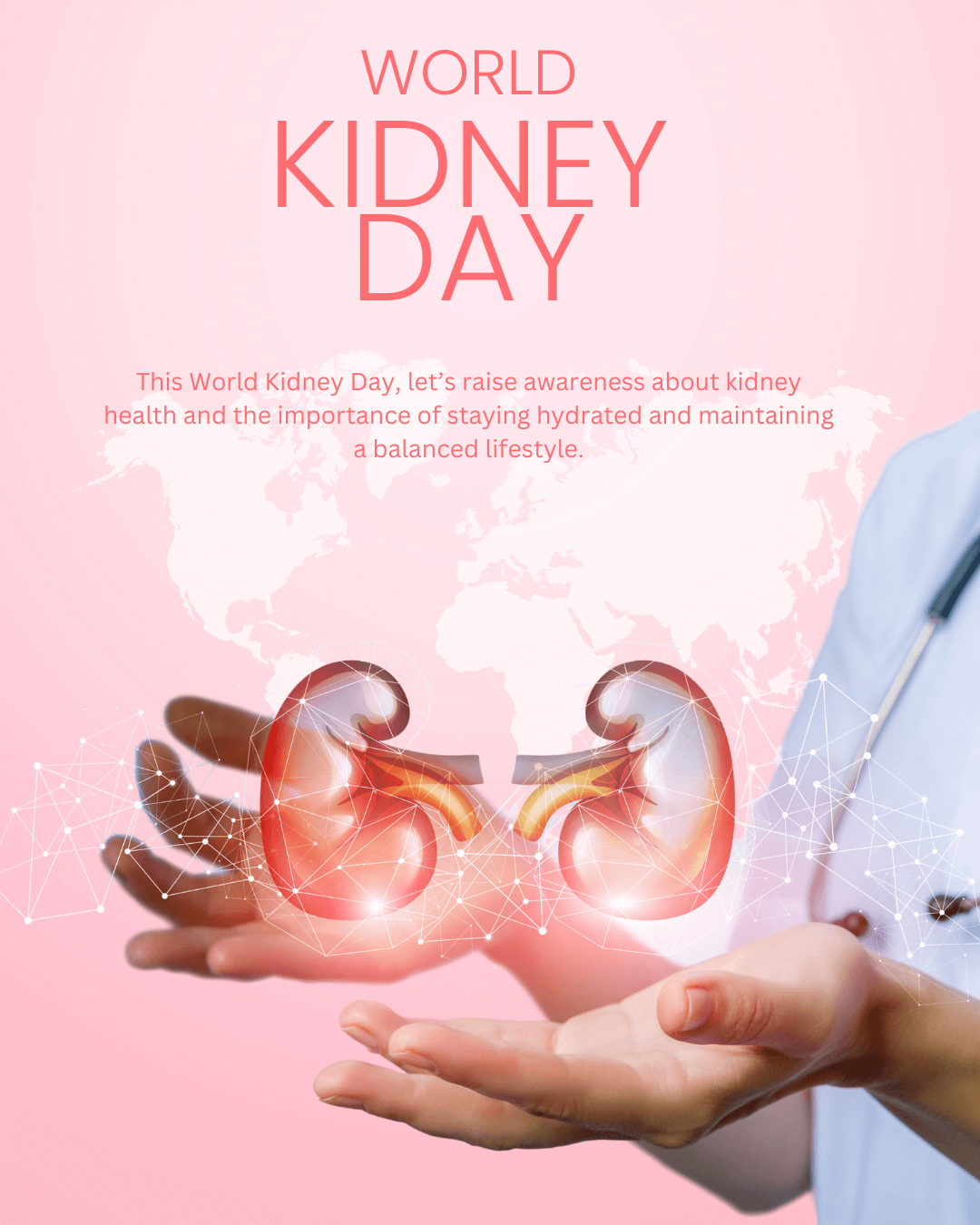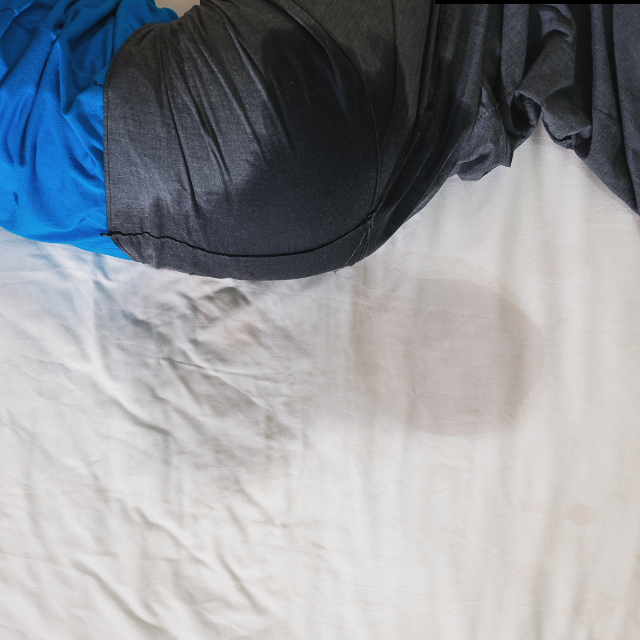Pediatric urology is a branch of medicine that specializes in the urinary tract and male reproductive system. Pediatric urology deals with diagnosing and treating urological conditions in children, infants, and adolescents. The following are some common pediatric urological conditions and treatments.
1. Urinary Tract Infections (UTIs)
Overview: UTIs are not uncommon in children, particularly girls. Symptoms can be frequent urination, urination pain or burning, fever, and belly pain.
Treatment: UTIs are usually treated with antibiotics. Prevention involves adequate hydration, hygiene, and preventing constipation.
2. Vesicoureteral Reflux (VUR)
Overview: VUR is when urine passes backward from the bladder to the kidneys, placing a child at risk for UTIs and damage to the kidneys.
Treatment: Mild cases can be treated with antibiotics and close follow-up. Severe cases can be treated with surgery to repair the reflux.
3. Hypospadias
Overview: A birth defect in which the opening of the urethra is on the underside of the penis rather than at the tip.
Treatment: Surgery is often done between 6 and 18 months of age to move the opening of the urethra and make the penis look and function better.
4. Undescended Testicles (Cryptorchidism)
Description: When either one or both testicles don't move into the scrotum during fetal development.
Treatment: Testicles naturally descend within the first several months of life in most situations. If they don't, an orchiopexy (surgical operation) is done, usually between 6 to 12 months of age.
5. Hydronephrosis
Description: Condition where one or both kidneys swell from an accumulation of urine, usually due to an obstruction or reflux.
Treatment: Mild cases can be self-limiting, whereas severe cases can be treated with surgery to eliminate obstructions or repair anatomical defects.
6. Bedwetting (Nocturnal Enuresis)
Overview: Bedwetting is a frequent occurrence in children and may be due to delayed development of the bladder, genetics, or deep sleep patterns.
Treatment: Treatment involves behavioral therapies, bladder training exercises, moisture alarms, and, in certain instances, medications.
7. Inguinal Hernia and Hydrocele
Overview: An inguinal hernia results when part of the intestine comes through an opening in the abdominal wall that is weakened. A hydrocele is fluid accumulation around the testicle.
Treatment: Hernias are often treated surgically. Hydroceles in babies might disappear without treatment, but recurring cases can be treated with surgery.
8. Phimosis and Paraphimosis
Definition: Phimosis refers to inability to retract the foreskin, while paraphimosis involves failure of a retracted foreskin to replace in its natural state.
Management: Phimosis is best managed using topical steroids cream. Only the very bad cases of phimosis would call for circumcision and minor operations.
Conclusion
Early treatment and diagnosis of pediatric urological conditions are crucial in order to avoid complications and facilitate normal development. Parents are urged to see a pediatric urologist if they observe any alarming symptoms in their child. With the advances in medical technology, the majority of urological conditions in children can be effectively treated.
In case of any questions or doubts, arrange an appointment with a pediatric urologist to get customized care and advice.



